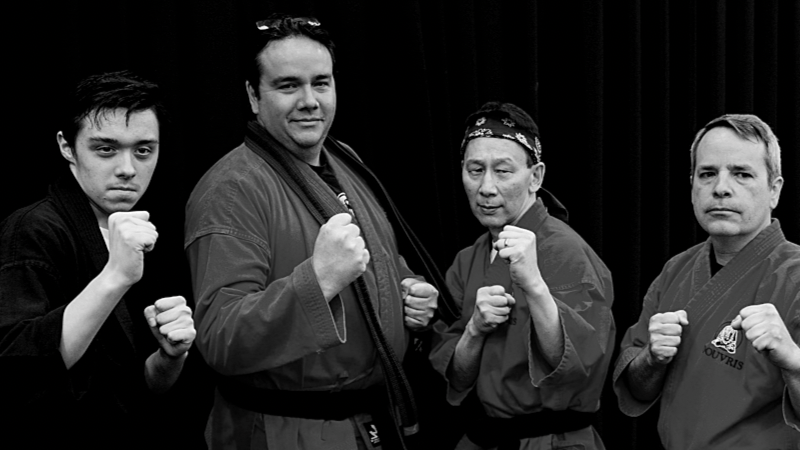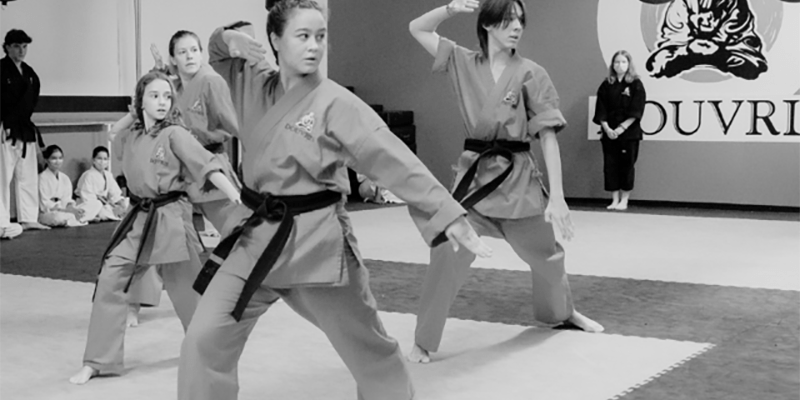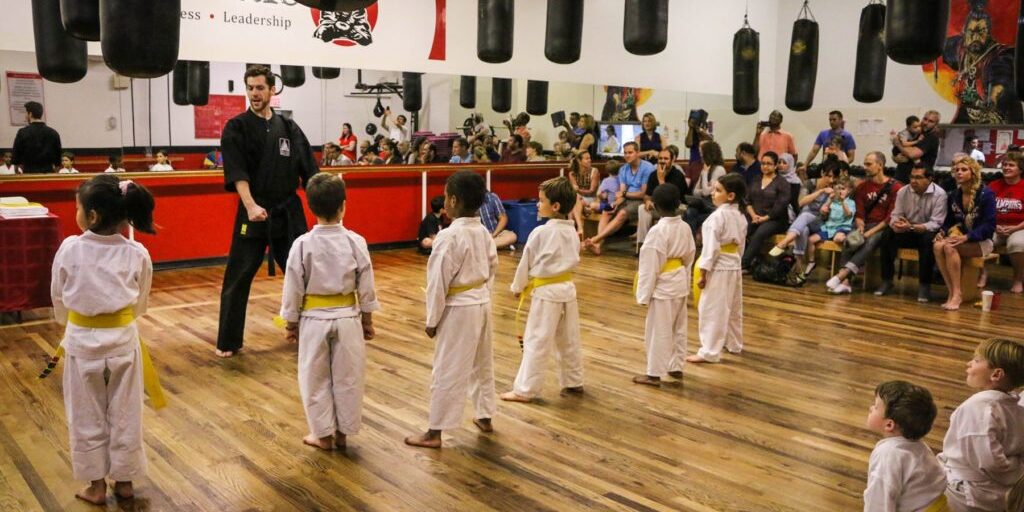The Uncommonly Known History of the Black Belt
A concept dating back to the 1880s and is still famous today. Do you know how your martial arts belt came to be?

The Beginning of the Black Belt
Let’s take a bit of a step back…way back. The creation of the black belt stems back to about 140 years ago thanks to a man by the name of Jigoro Kano. In addition to the creation of the belt, he was also the creator of judo. Similar to what we know and follow today, the belt system was used by Kano as a way to visibly mark a student’s progress.
This was before the other colored belts came into play. The story goes that all students began with a crisp, clean white belt. So, how did one measure progress on an all-white belt system? Over time, training, blood, sweat, and tears, it’s said that the students’ belts would slowly begin to become worn and dirty. This would eventually lead it to turn a darker color like the black belt we know today. The darker a student’s belt, the more expertise it was believed that they had.
The Introduction of the Colored Belt System
Seven wonderful colors make up the colored belt system. In order, this includes: white, yellow, orange, green, blue, brown, and black. An order that many of us martial arts lovers know well…but what is the reasoning for this specific color lineup? Back in the ’30s and ’40s when this was first introduced, colors changed, but new belts were not given. As a more cost-effective solution, belts were hand-dyed at home by the students and their families. So, it was important that the color progression went from light to dark with white being first, and black being last.
Why Is the Black Belt System Still Important?
A black belt does not mean you are an expert. It means that you are something totally different.
Unknown
One of the most remarkable things about the belt grading system is that the bones of what it accomplishes are nearly identical to what it was at the time of conception. It acts as a way to measure one’s progress both literally and mentally.
Quite literally, one’s belt color shows the martial arts level at which they are. When a student walks in with a clean white belt around their waist, it shows to the dojo that they are new to the art and ready to begin their exciting chapter. Along the same lines, those with a colored or black belt show to the dojo the level in which they rank due to their extensive practice and training in the art. This is helpful to senseis when it comes to training techniques as well as among peers as they learn from one another.
However, and more importantly, belts act as a symbol of the amount of hard work, dedication, and hours that have been invested in one’s training. When you are always looking ahead to the next chapter, it is easy to forget to stop and reflect on how far you have come. Having a constant visual aid like the color of your belt can act as a mental reminder of what you have achieved every time you enter the dojo. So don’t forget…it’s always important to look down every once in a while.
Getting Started With Martial Arts
Douvris Martial Arts offers a variety of programs and classes for those of all ages across 9 locations in the Greater Ottawa Area. Our karate programs and age groups include:
- Tykes Karate for children ages 4 to 6.
- Kids Karate for children ages 7 to 12.
- Youth Karate for teens ages 13 to 18.
- Adult Karate for those 18 years and older.
You can get a feel for our karate classes with no commitment required through our trial offers.
Please note this article is based on our own thoughts and have not been formally approved by a healthcare or fitness professional.





